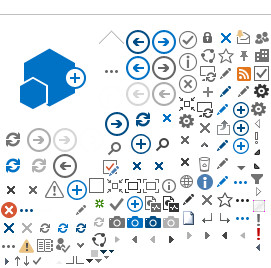May
1999
, Volume
12
, Number
5
Pages
385
-
390
Authors
Kinya
Nomura
,
1
William
Nasser
,
2
and
Shinji
Tsuyumu
1
Affiliations
1Faculty of Agriculture, Shizuoka University, 836 Ohya, Shizuoka 422-8529 Japan; 2Centre National de la Recherche Scientifique, Institut National des Sciences Appliquées, 69621 Villeurbanne, France
Go to article:
RelatedArticle
Accepted 22 January 1999.
Abstract
Previously, we have cloned and characterized the pir (plant inducible regulator) gene, which is responsible for hyperinduction of the synthesis of an isozyme of pectate lyase (PLe) in Erwinia chrysanthemi EC16 in the presence of potato extract and sodium polypectate (NaPP). The Pir protein purified from Escherichia coli overexpressing pir is able to bind to the promoter region of pir as a dimer. Self-regulation of pir by its own translational product (Pir) was suggested from the findings that Pir binds at the promoter region of pir and that the hyperinduction of the pir-lux construct in response to plant extract was observed only in pir+ but not in pir mutant EC16. Thus, hyperinduction of PLe was thought to be mainly due to overproduction of Pir. On the other hand, KdgR and PecS, which have been reported to be the major regulatory proteins for the synthesis of pectic enzymes, did not bind to the promoter region of pir. Thus, the regulation of Pir synthesis seems to be independent of KdgR and PecS. Also, its expression was insensitive to catabolite repression as predicted from failure of cyclic AMP (cAMP)-CRP (cAMP recognizing protein) to bind at the pir promoter region.
JnArticleKeywords
Page Content
ArticleCopyright
© 1999 The American Phytopathological Society
